CUNNINGHAM, Richenda
As Richenda Gurney, she was born at Bramerton, Norwich on 5 August 1782, the sixth of the twelve children of John Gurney (10 November 1749–28 October 1809), a banker, of Earlham Hall, Norwich, and his wife Catherine Bell (18 November 1754-17 November 1792), daughter of Daniel Bell and Catherine Barclay. Richenda was raised in the idyllic Norwich estate of Earlham Hall and her family were members of the Religious Society of Friends, or Quakers, and Richenda's sister was one of the most prominent Quakers in British history, Elizabeth (Gurney) Fry (1780-1845), the renowned prison reformer whose portrait was featured on the five-pound British note. At age ten, Richenda became a pupil of Norwich landscape painter John Crome (1768-1821), founder of the Norwich Society of Artists. Crome often accompanied the Gurneys to popular travel destinations and worked closely with Richenda, who masterfully drew her surroundings, Richenda was also instructed in painting by Henry Bright whilst he was in London. Whilst many artists of her time pursued art solely for enjoyment, Richenda engaged in profitable artistic ventures. At twenty-nine, she was the only woman to publish her work in 'The Architectural Antiquities of Great Britain', an influential sourcebook for the Gothic Revival by antiquarian John Britton (1771-1857). She married at Earlham on 31 January 1816, the Anglican Revd Francis Cunningham (27 July 1785-8 August 1863), rector of Pakefield, Suffolk later adding the vicarage of Lowestoft St Margaret's, from where she taught, organised women’s groups, assisted the homeless, but continued to pursue art. Richenda Cunningham died on 11 August 1855 and was buried in the family vault in St Margaret's Lowestoft churchyard. She was also the author 'Nine Views Taken on the Continent' (c.1830) in which she collaborated with London printmaker Charles Joseph Hullmandel (1789-1850), a leading figure in 19th-century English lithography, and other works.
Works by This Artist
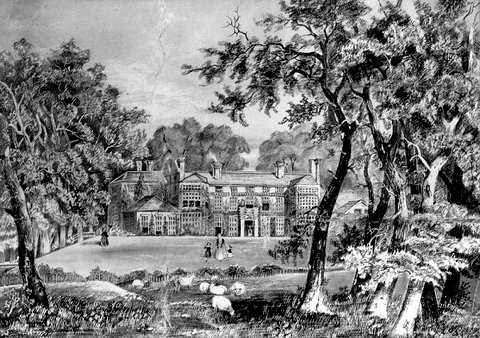
|
Earlham Hall SouthPencil on board
|
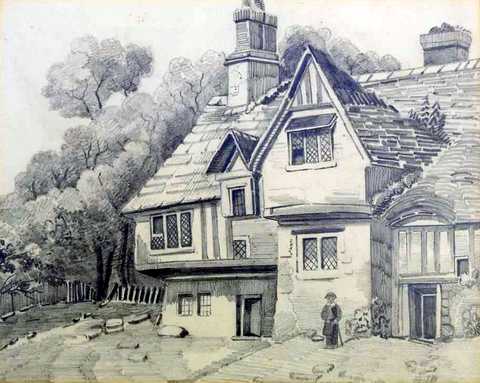
|
LandscapePencil on thick Bristol paper
|
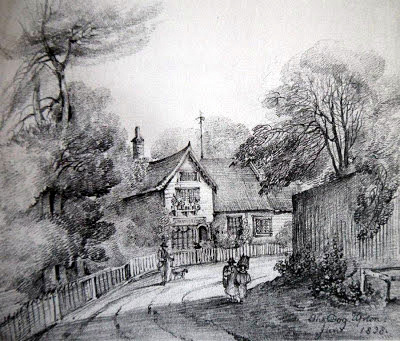
|
Upton LanePencil
|
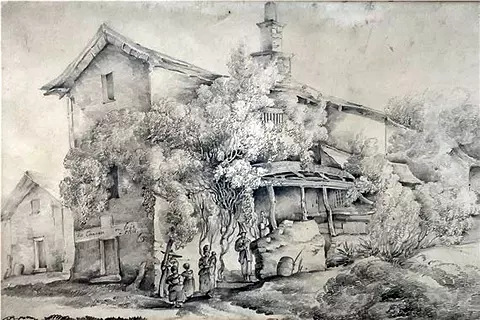
|
A Picardy Market’Pencil drawing
|
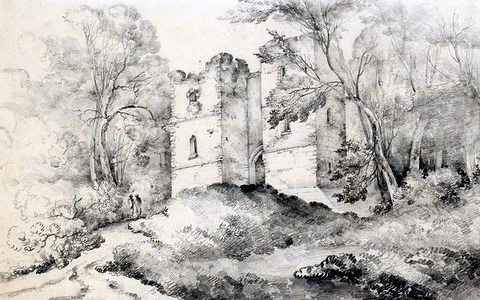
|
Study of Arundel CastlePencil
|